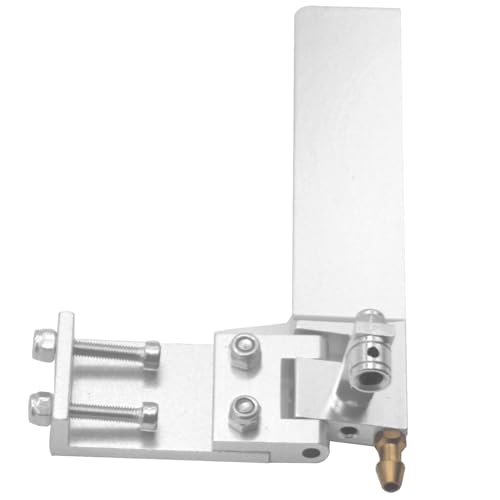[email protected]
Well-Known Member
- Joined
- Nov 6, 2002
- Messages
- 4,025
Okay, here's a question, give me a logical answer that I can understand, maybe something from first hand or second hand experience, be offended, get bent, say you don't know, tell me you were thinking the same exact thing, whatever, but try and give some serious input. I'm not looking for "They can just go buy a 100% rtr toy kit boat and I'm not trying to offend anyone, but:
It seems common these days that not just Andy's pipes (I choose that name first because there is a current post that you might recognize) as well as the other well known inboard pipe brands including the O/B pipes all need some sort of modification to get them to run right? I've got to say that seems frustrating?
I guess now I feel comfortable changing pipes and trying new ones, longer shorter, fatter slimer and not worrying about not just going to the lake to play. But it wasn't always the case. For example I had a Rossi T4 O/B engine on a Lawless lower end with a Rossi "J" pipe. Me and my friends, who by the way are good racers, couldn't get this this set up to run for me. We tried everything but I didn't know that if I did a mod to the pipe it would solve my problem. Izitbrokeyet? told me about the .250 stinger to solve the problem. Most common advice I got "that pipe sucks, get another one" I got an Irwin but was told "no, not that Irwin, the queit Irwin" then I heard, try an Aerotech, a Garcia.......... :wacko: :wacko: :wacko: WOW, very overwhelming but I was determined to get this damn expensive motor to run.
But, what happens for the recreational boater who just wants go to the lake and run. He buys a $400 engine and $80 pipe and finds that it needs something else?? What he might ask??? Can he just figure it out?? Have to have someone tell him?? Or surf the web and hope he finds a post dealing with he's problem?? Even the lone boat magazine doesn't always discuss things like this.
I remember the first boat I sold. It had a .61 Rossi and an old airplane pipe. The thing could run like a gas boat, none stop and forever. Now a days that isn't always the case.
What's your guys take or experience? Anyone else notice that?
Signed,
Puzzled in Pacifica
It seems common these days that not just Andy's pipes (I choose that name first because there is a current post that you might recognize) as well as the other well known inboard pipe brands including the O/B pipes all need some sort of modification to get them to run right? I've got to say that seems frustrating?
I guess now I feel comfortable changing pipes and trying new ones, longer shorter, fatter slimer and not worrying about not just going to the lake to play. But it wasn't always the case. For example I had a Rossi T4 O/B engine on a Lawless lower end with a Rossi "J" pipe. Me and my friends, who by the way are good racers, couldn't get this this set up to run for me. We tried everything but I didn't know that if I did a mod to the pipe it would solve my problem. Izitbrokeyet? told me about the .250 stinger to solve the problem. Most common advice I got "that pipe sucks, get another one" I got an Irwin but was told "no, not that Irwin, the queit Irwin" then I heard, try an Aerotech, a Garcia.......... :wacko: :wacko: :wacko: WOW, very overwhelming but I was determined to get this damn expensive motor to run.
But, what happens for the recreational boater who just wants go to the lake and run. He buys a $400 engine and $80 pipe and finds that it needs something else?? What he might ask??? Can he just figure it out?? Have to have someone tell him?? Or surf the web and hope he finds a post dealing with he's problem?? Even the lone boat magazine doesn't always discuss things like this.
I remember the first boat I sold. It had a .61 Rossi and an old airplane pipe. The thing could run like a gas boat, none stop and forever. Now a days that isn't always the case.
What's your guys take or experience? Anyone else notice that?
Signed,
Puzzled in Pacifica
Last edited by a moderator:



































